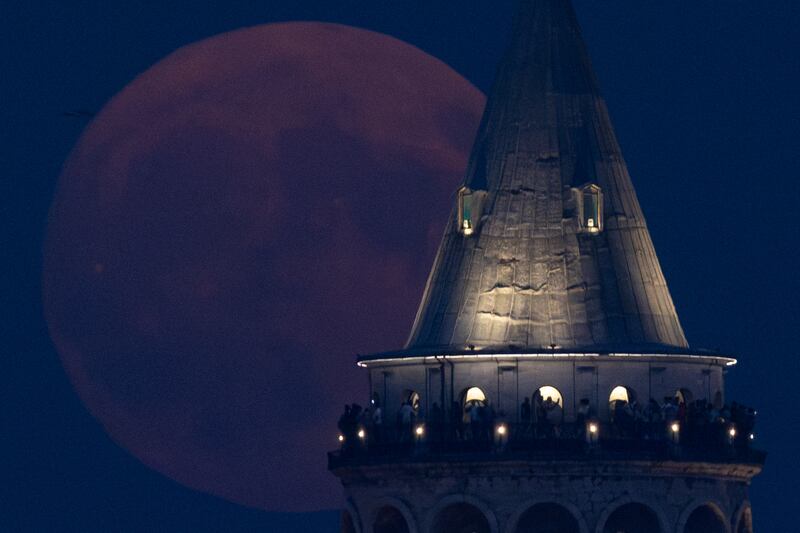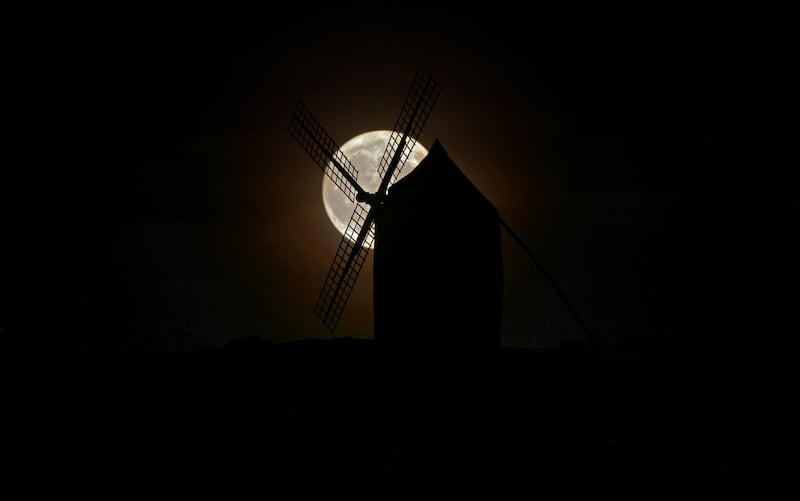Irish stargazers will have a final chance on Thursday night to see the super blue moon that has been visible this week, with the celestial phenomenon not occurring again until 2037.
The moon has been visible over the country for the first time in more than a decade and is appearing from Tuesday to Thursday this week.
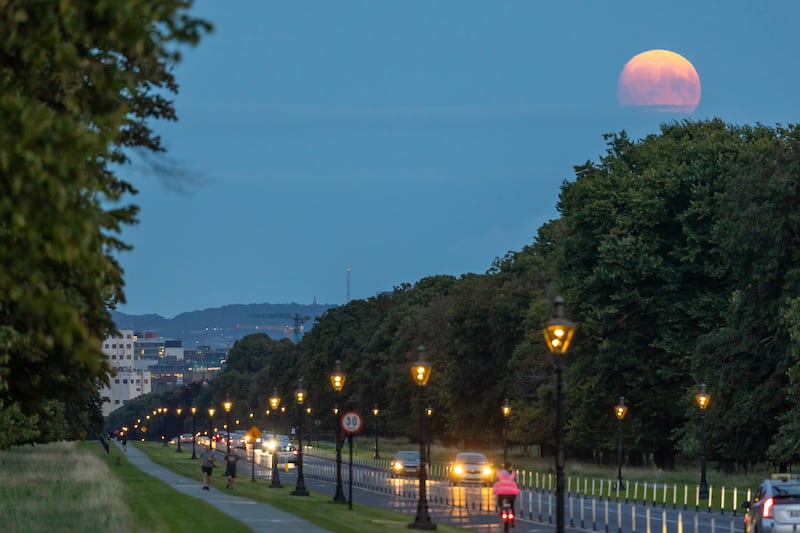
A super blue moon is the rare combination of a super moon and a blue moon. The last one occurred in 2009.
A blue moon happens around once every two to three years when there are two full moons in a single calendar month. When this occurs, the second full moon is known as a blue moon.
Actor Armie Hammer resurfaces as host of celebrity podcast
Heart-stopping Halloween terror: 13 of cinema’s greatest jump scares
Doctor Odyssey’s core message: just imagine Pacey from Dawson’s Creek holding you tight and saying, ‘Shhh, it’s okay’
Conor Niland’s The Racket nominated for William Hill Sports Book of the Year
Super moons are related to the distance between the Earth and moon – when a full moon happens at its closest point to the Earth. Each year has about three such super moons.
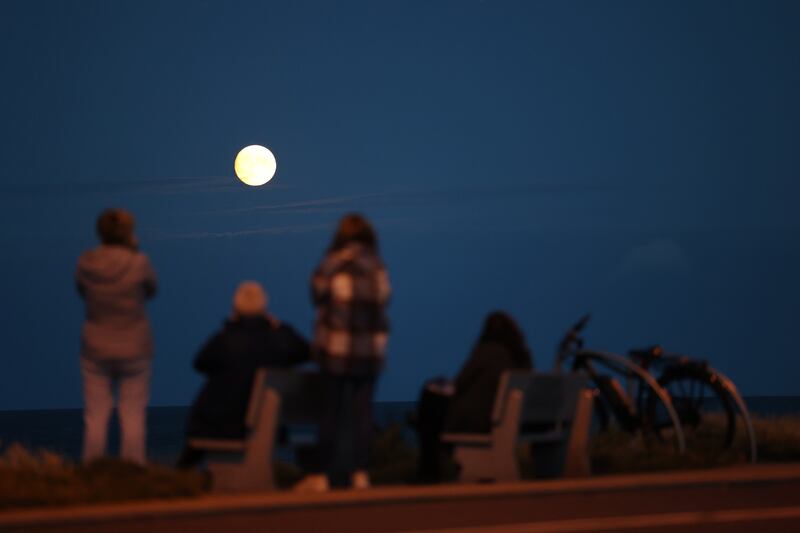
However, it is extremely rare for a blue moon to appear in sync with a super moon and is considered a visible astronomical phenomenon not to be missed.
“As there are 12 full moons every year that means there have been 168 full moons to give one super blue moon,” explained David Moore of Astronomy Ireland. “Technically, the exact instant the moon is full is Wednesday night as seen from Ireland. However, to the naked eye it looks full the night before and after.”
Mr Moore explained that a super blue moon will be the largest it can possibly appear.
Those heading out can hardly miss it on a clear night, but are advised to look east at sun set, when it will rise in the opposite direction to where the sun has gone down.
“This should give the most impressive view due to an extra effect [called] moon illusion,” Mr Moore added.
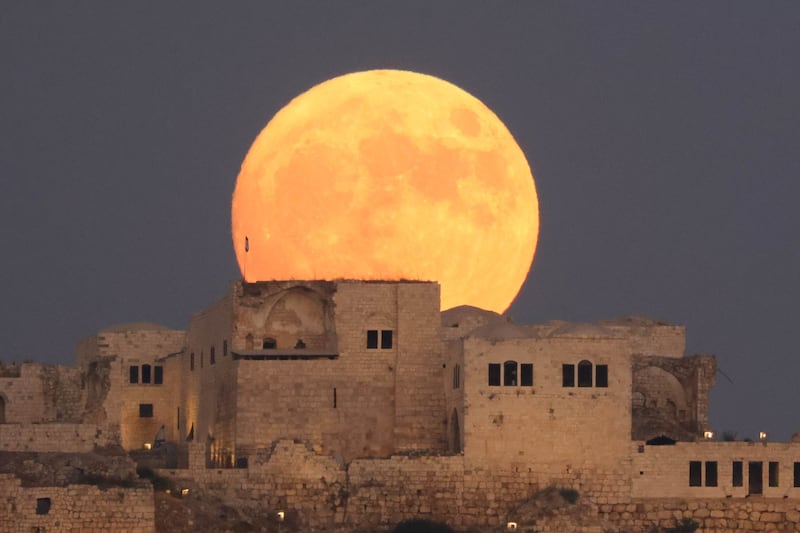
The ideal time to watch is just as the moon is rising. From Ireland this happens from 8.50pm on Thursday.
Astronomy Ireland appealed to members of the public to send in their best photographs of the event, with details available at astronomy.ie.

Astronomer Prof Don Pollacco, from the Department of Physics at the University of Warwick, said: “One of the flukes of nature is that the apparent size of the moon can be very similar to that of the sun. This occurs because, while the moon is much smaller than the sun, it is much closer to the Earth.”
Adding that the moon has an elliptical orbit around the Earth, he continued: “Now that we understand the moon’s orbit around the Earth we can talk about super moons.
“These occur when there is a full moon at the time when the moon is closest to the Earth. Consequently, the moon can look bigger (10-15 per cent) and brighter (25-30 per cent) than a normal full moon.” – additional reporting: PA
